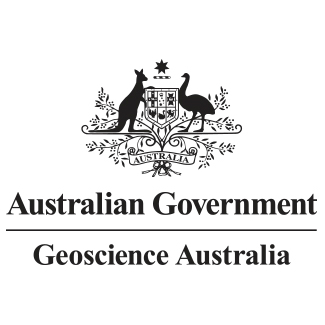Brief description
The radiometric, or gamma-ray spectrometric method, measures the natural variations in the gamma-rays detected near the Earth's surface as the result of the natural radioactive decay of potassium (K), uranium (U) and thorium (Th). The data collected are processed via standard methods to ensure the response recorded is that due only to the rocks in the ground. The results produce datasets that can be interpreted to reveal the geological structure of the sub-surface. The processed data is checked for quality by GA geophysicists to ensure that the final data released by GA are fit-for-purpose. The terrestrial dose rate grid is derived as a linear combination of the filtered K, U and Th grids. A low pass filter is applied to this grid to generate the filtered terrestrial dose rate grid. This GSQ Texas Qld total count grid geodetic has a cell size of 0.00096 degrees (approximately 100m) and shows the terrestrial dose rate of the Texas, Qld, 1996,AIRDATA. The data used to produce this grid was acquired in 1996 by the QLD Government, and consisted of 38986 line-kilometres of data at 400m line spacing and 80m terrain clearance.Lineage
Maintenance and Update Frequency: notPlannedCreated: 07 03 2020
Issued: 07 03 2020
Modified: 06 07 2021
Data time period: 23 07 1996 to 26 08 1996
text: westlimit=150.7734; southlimit=-28.9633; eastlimit=152.3104; northlimit=-27.7883; projection=GDA94 (EPSG:4283)
User Contributed Tags
Login to tag this record with meaningful keywords to make it easier to discover
The Geophysical Archive Data Delivery System (GADDS2) portal provides HTTP download of geophysics datasets in a number of formats. Point and line datasets are available in NetCDF and ASEG-GDF2. Grid datasets are available in NetCDF, GeoTIFF and ERS. (File available for download in various formats from the GADDS2 portal)
- URI : pid.geoscience.gov.au/dataset/ga/141867

- global : 80a36460-d034-407c-b3c7-5eab9794c269


